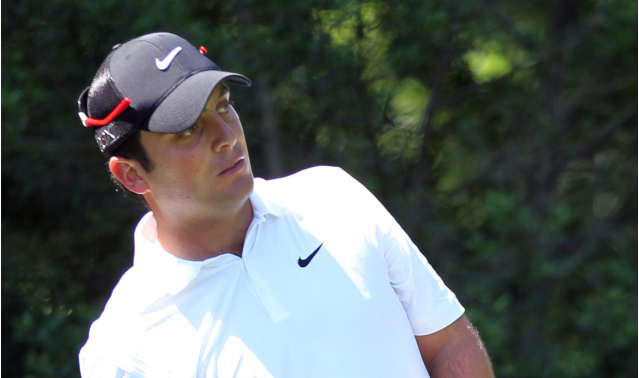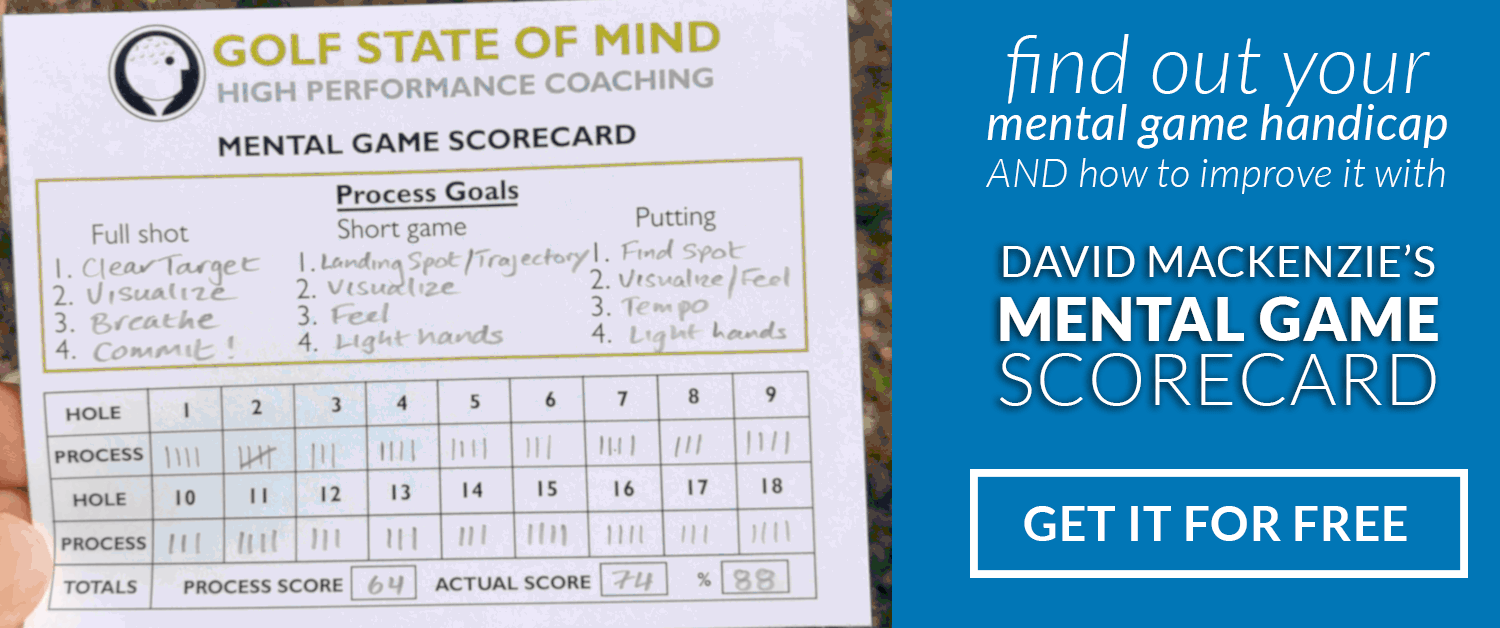
How Francesco Molinari Trains For Pressure
As Francesco Molinari closes in on his 2nd major Championship today at Augusta, he’s demonstrating what a great competitor he is under the pressure of the big tournaments. With just 1 bogey and ZERO 3-putts in the first 54 holes, he is the personification of physical and mental consistency. But it hasn’t always been that way…
A couple of years ago, Molinari was under-performing for his ability level and knew that he was missing the mental edge under the highest pressure of the bigger tournaments. For this reason, he completed his coaching team by recruiting mental performance coach Dave Alred, who has worked with some of the best athletes on helping them unlock their best performances when it matters most.
Practicing Ugly With Performance Coach Dave Alred
Alred’s training involves something he calls “practicing ugly”. The concept is that a player needs to simulate everything they feel when under pressure in the heat of a major tournament, so they improve their focus on their “process” during each shot. Pressure in bigger tournaments comes from too much focus on the outcome and what the consequence of a shot will mean. This pressure causes a player’s focus to wander and tension to increase leading to inconsistent swings. So unless we’ve properly prepared for that, we will struggle. Alred says: “Pressure is anything that interferes with someone’s ability to be totally focused on their process.”
But how do we “practice ugly” and improve focus on process under pressure?
The Range And The Course Are Two Very Different Places
Golf is different from other sports in that the practice environment is nothing like the playing environment. Not only is the driving range a different in terms of layout (mats, only flat lies, no penalties etc.) but the way most golfers practice there is miles away from how they are required to play on the course. Most golfers spend the majority of their practice time doing what’s called “Block Practice” – hitting one ball after another thinking about their swing – which is nothing like how we play on the course. It’s comfortable, there’s always the next ball. It’s easy to get into “range rhythm” where you can repeat the same swing over and over again. On the golf course however, there are no second chances and every shot is different. There’s pressure, consequences and frustration when you don’t execute a shot. It’s harder. The driving range and the golf course have become 2 very different games and it’s a big reason that many golfers fail to improve as each season passes.
Bridging this gap and doing more “performance training” is something that performance coach Dave Alred has been working on with Francesco Molinari for the past couple of years. Alred says: “Once something has become comfortable, I want to make it uncomfortable. The more uncomfortable it is, the more engaged your brain is, the more on it you are and also the deeper the learning.”
Bridging The Gap Between Practice And Play
Alred talks about having his students practice in the “ugly zone”. In the throes of a major championship (or any round where you are out of your comfort zone), it’s “ugly”, and unless we train for it, it’s going to be very challenging to play your best. Practicing in “the ugly zone” is about simulating that uncomfortable feeling and helping a player develop the mental resilience required to perform their best while feeling that way. Winning is not easy, you’re going to have to deal with all sorts of emotions and mental distractions to get there, so it’s time to start practicing for it…
Generally speaking, golfers should hit fewer shots during practice and simulate pressure by doing challenges (with consequences) that get progressively more difficult. They need to develop the skills to be able to quiet the mind, block out distractions and fully connect with the shot they are about to hit, while feeling under pressure. The pre shot routine is a big part of this – it’s not something that should only done on the golf course. A better routine will help a player to focus on what they need to do in that moment, without thinking about what the outcome of that shot will mean for them in the future. Molinari was obviously very consistent with his routines during The Open. He is the first winner of a major since Steve Elkington in 1995 to play the final two rounds of a major without a bogey or worse. That requires some serious focus!
Performance practice is something I’ve been doing with my students for many years. Sure, there’s a time and a place for block practice (to develop and hone technical skills) but it’s only a part of an effective practice session.
So before your next practice session, think about the purpose of it. “I’m going to hit some balls” is not a good a clear purpose. A more effective alternative is to have clear objectives and challenges in mind and know exactly what you are trying to achieve.
Coaches should help their students with this. Put your students under pressure, give them consequences for not completing drills successfully and help them become aware of what they’re doing during their routines. Make it tough so the game feels easy in tournaments.
As performance coach Dave Alred says, practice how to feel comfortable in an uncomfortable situation and you’ll see better performances in your “majors”. It’s certainly working for Francesco Molinari.
Photo by Keith Allison


